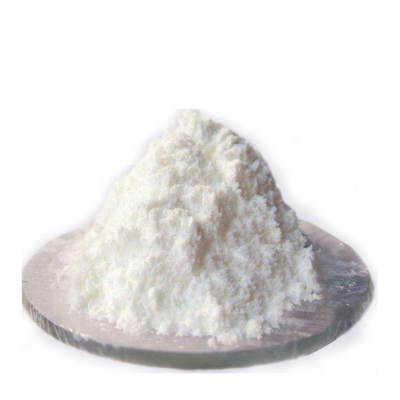Throughout this discourse on potassium carbonate, its multifaceted nature as a chemical compound has been thoroughly explored. From its intrinsic chemical properties to its wide-ranging applications across various industries, potassium carbonate stands out as a substance of great utility and importance.
The chemical characteristics of potassium carbonate, including its alkalinity, solubility, and reactivity with acids, underpin its role in numerous processes, from the cultivation of crops to the stabilization of pH in food products, and from glass manufacturing to environmental management. These properties not only make it a versatile actor in the chemical industry but also a pivotal component in many industrial formulations.
The exploration of potassium carbonate’s applications has demonstrated its indispensability in modern agriculture, food technology, industrial manufacturing, and even in pharmaceuticals. Its ability to improve crop yields, facilitate food preparation, enhance product quality, and contribute to health and medicine showcases its integral role in the betterment of human life and the economy.
In considering safety and environmental implications, it is evident that while potassium carbonate is largely benign, careful handling and consideration of its potential to alter pH levels in the environment are necessary. The regulatory frameworks in place ensure that its use remains within safe bounds, thus safeguarding both human and ecological health.
The continuous research and development in the field of potassium carbonate signal a commitment to innovation and improvement. Whether it be through refining production methods, expanding applications, or enhancing safety and environmental protocols, the trajectory of potassium carbonate is one of progression and sustainability.
As we look to the future, it is clear that potassium carbonate will continue to be a subject of scientific and industrial interest. Its adaptability and the ongoing advancements suggest that potassium carbonate will maintain its status as a valuable resource within the chemical industry and beyond.
In conclusion, potassium carbonate is more than just a chemical compound; it is a vital contributor to numerous aspects of modern life. Its comprehensive study is a testament to the enduring relationship between chemical science and societal advancement. As we harness its properties and applications, we also embrace the responsibility to manage its use judiciously, ensuring a balance between benefiting from its capabilities and protecting our world.






